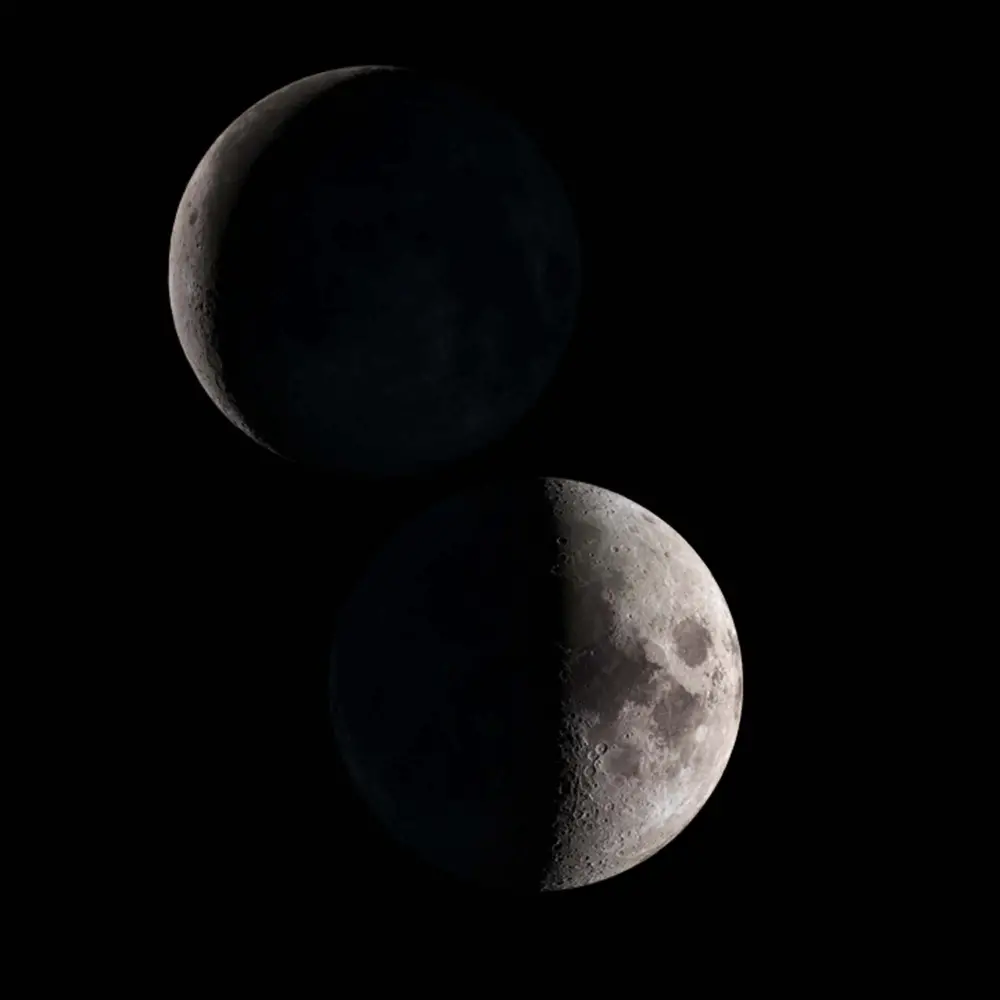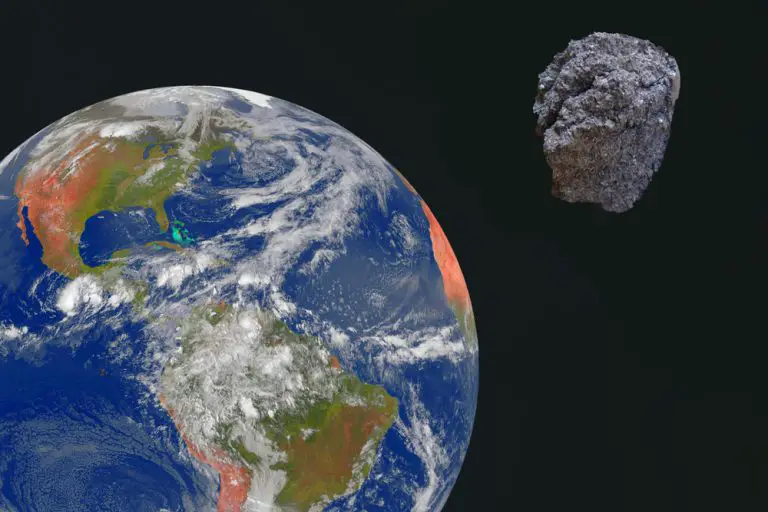Earth is about to gain a temporary second moon as an asteroid known as 2024 PT5 gets caught in its gravitational pull. This space rock, part of the Arjuna asteroid group, will orbit the Earth in a unique horseshoe-shaped path beginning on September 29, 2024. With a diameter of roughly 11 meters, similar in size to a London bus, 2024 PT5 will remain in Earth’s orbit for just under two months, leaving the system on November 25. Afterward, the asteroid will return to a heliocentric orbit around the Sun, similar to Earth’s path, but it won’t come near our planet again until 2055.
Discovered by the ATLAS telescope in South Africa on August 7, this mini-moon won’t be visible to the naked eye, even with binoculars or consumer-grade telescopes. It has a magnitude of 22, which is too faint for most observational tools to detect. Even some professional telescopes are expected to struggle to capture its presence. Despite this, the asteroid’s brief time orbiting Earth has sparked interest among astronomers and space enthusiasts, who are fascinated by these rare celestial events.

This isn’t the first time Earth has captured a mini-moon. In February 2020, an object named 2023 CD3 was discovered to have been orbiting our planet for a few years before eventually leaving Earth’s orbit in March 2020. Another near-Earth object, 2016 HO3, followed Earth’s orbit around the Sun in a similar motion, giving the appearance of orbiting Earth but technically moving in sync with it. These objects, though temporary and hard to observe, give scientists insight into the dynamic interactions between Earth and near-Earth asteroids.
While 2024 PT5 won’t provide a visible spectacle for skywatchers, it represents an intriguing phenomenon that occurs occasionally in our solar system. Such captures remind us of the complex gravitational influences at play between Earth and the numerous small asteroids and objects that pass nearby. Though fleeting, the event will give scientists a brief opportunity to study a mini-moon in action, a rare occurrence in the vastness of space.




